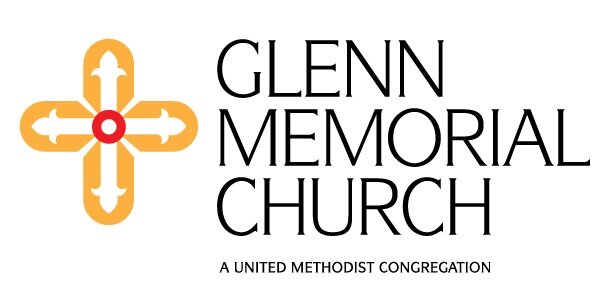What? Me? Write a prayer? Of course I was familiar with the concept, having said blessings before meals in my family and sung a different grace for each meal of the day for ten years at summer camp. I had memorized the Lord’s Prayer and the St. Mary’s School prayer from an early age. I regularly read and re-read the prayers in our worship bulletins each week, and found some of them speaking to me more deeply and directly than others. I had offered impromptu opening and closing prayers at various gatherings. And I had prayed informally and individually for as far back as I can remember, asking for God’s help in the face of illness and death and for guidance in everything from making personal decisions to weighing professional options.
But write a prayer? For the congregation to pray? Out loud? That seemed to be work for someone with more education and experience than I had. Yet, there I was on an October evening in the second session of Glenn’s inaugural prayer-writing workshop, thankful for handouts which gave me some security, and for a straightforward outline to follow -- address to God, attribute, petition, result, final doxology. Our group of aspiring prayer writers shared in the realization that writing prayers for a worship service was a special opportunity as well as a discipline that required thought and concentration. An example of a prayer written for worship on one of the handouts reminded us that God exists beyond our words, and that our task in crafting prayers was to point to a Truth larger and grander than the words themselves:
May the church at prayer recall
that no single, holy name
but the truth that feeds them all
is the God whom we proclaim
(written by Thomas H. Troeger)
Not long after the workshops, Pastor Alice charged a group of us (Tiffania Willets, Sara Maughan, Sara Logeman, and me) to write new liturgies for the lighting of the Advent wreath for each of the four weeks in Advent as well as for Christmas Eve and Christmas Day. Our working group started with the idea that we would include both the meaning of the candles and the characters of Christmas featured in the season’s sermon series. We agreed that we would write in a responsive reading format to engage the congregation and that we would close each week’s reading with a similar prayer to connect the liturgies over the weeks. Each of us took one of the four weeks in Advent and started writing. We shared ideas and encouragement in person and via e-mail, then turned our drafts over to Pastor Alice for review to ensure faithfulness to scripture and connection to the other elements of each worship service.
There was something special about hearing a liturgy you had helped create spoken aloud by the congregation. It wasn’t because it was our work individually or even collectively. It was because we had worked together prayerfully and unselfishly to contribute to the congregation’s worship of God and to their anticipation of Jesus’s birth.
Now there is a new opportunity to learn as Glenn hosts another prayer writing workshop led by Rev. Barbara Day Miller. This one will focus on Lenten texts and themes. (Learn more here.) My prayer for this group of prayer writers is that they will share meaningful experiences that will be of benefit to their spiritual growth as well as to our church community and its shared worship experiences.
Ginger Smith

